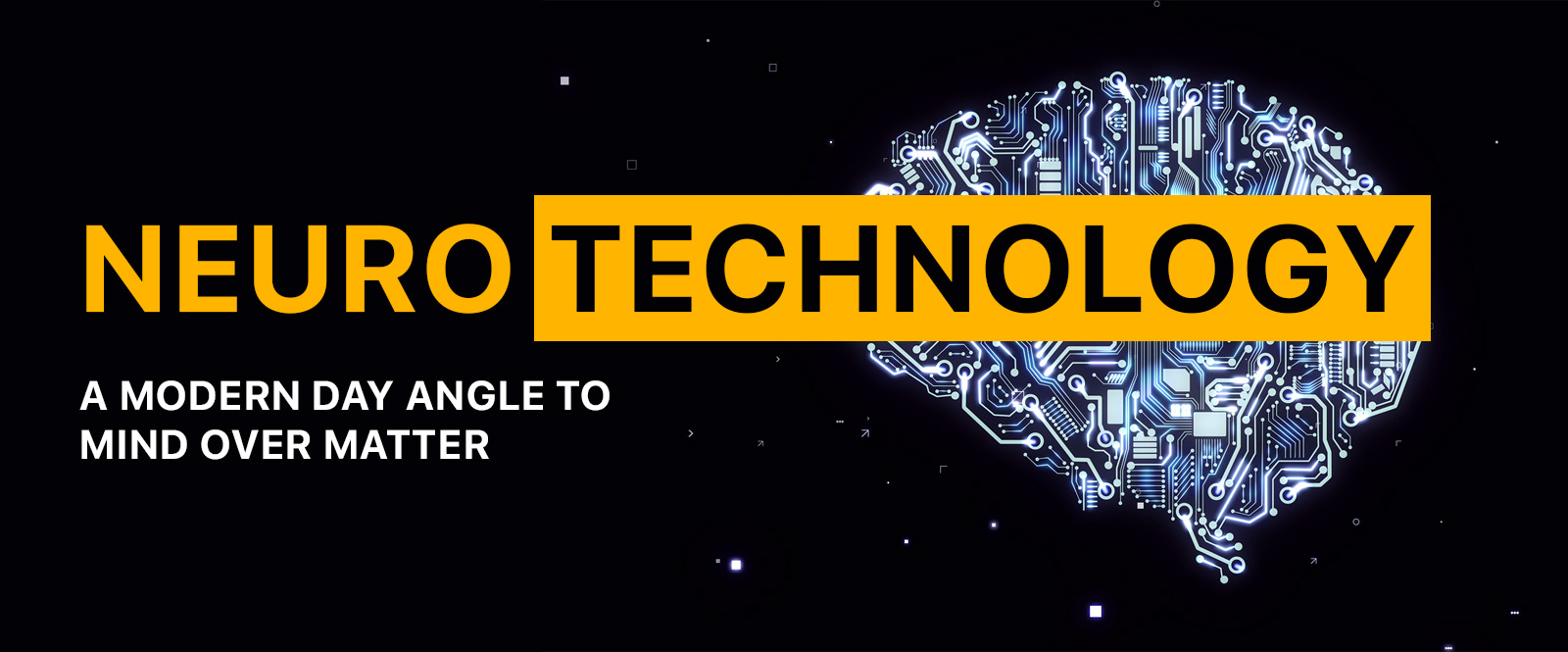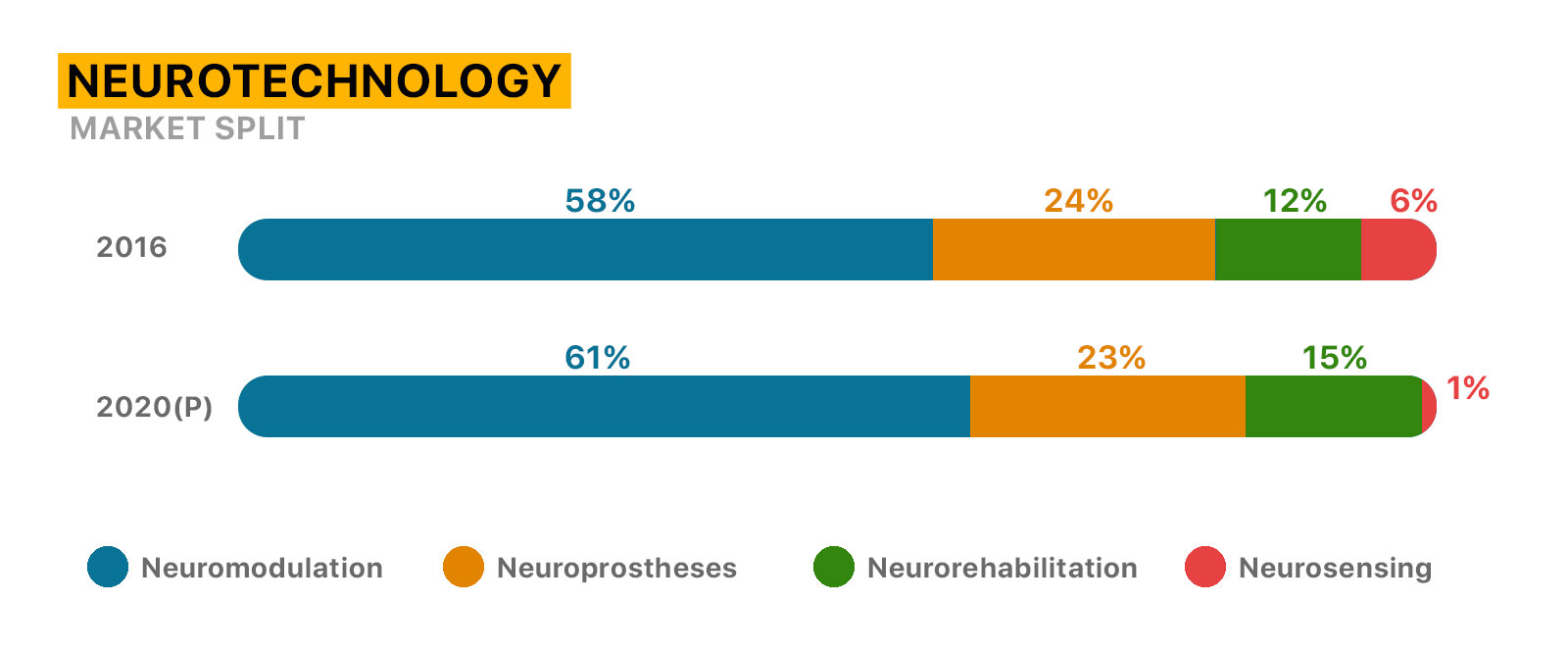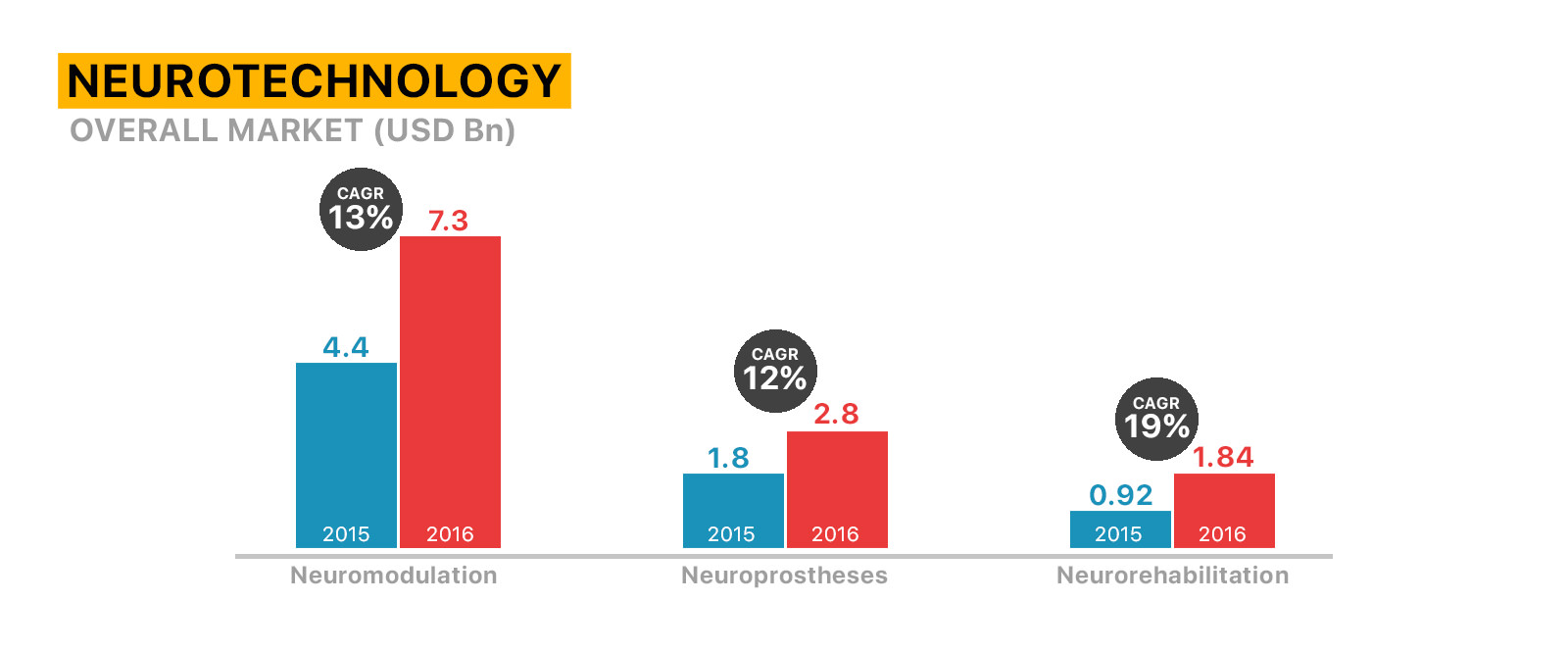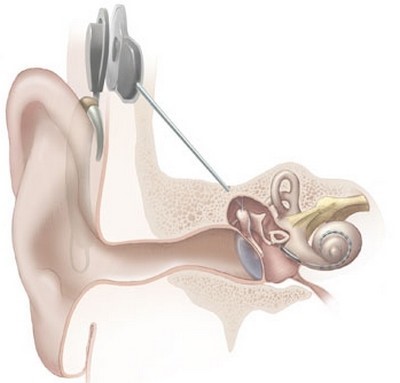|
|
by Sumedha Shyam – Associate Consultant

Imagine a child in a car crash, who has lost all sensation in her legs due to a traumatic injury to her spinal cord. To-date, there is no cure, but what if there was? And what if this ‘cure’ is closer than we think? The advent of Neurotechnology and the current advancements is the magic bullet that will make this a reality.

Believed to be ‘the science of tomorrow,’ the size of the Neurotechnology market is so vast, that technology giants have been stepping into this field to get a piece of the pie. The buzz and hype created by the announcement of Neuralink, an American neurotechnology company founded by Elon Musk (and eight others), was unprecedented. A world where humans can control devices with only their mind, where memories can be hardcoded for eternity? This is the audacious future Neuralink has set out to create.
To cite another example, Facebook recently revealed that it had a team of engineers working on building a brain-computer interface that would allow typing with the brain (using optical imaging to scan the brain instead of using implants). What is most exciting and frightening at the same time, is that all these advancements are just the tip of the iceberg. Neurotechnology is here to stay and is going to be a bigger and seamless part of our lives sooner than later.
Neurotechnology uses electrical stimulation and sensing for understanding and controlling the function of the nervous system. It includes technologies that are designed to improve and repair brain function, which in turn allows researchers and clinicians to visualize the brain. This is expected to not just enhance but transform human capabilities and performance and will see application in many medical scenarios with the ultimate goal of improving the quality of life.
As healthcare is high on the agenda for many Governments, this field opens a whole new spectrum of opportunities in the treatment of a wide range of mental and physical ailments, in ways that were previously unimaginable. A paraplegic playing football, a world unaffected by Alzheimer’s, differently abled children getting to live out their dream because their physical affliction is no longer a liability are but a few examples of the wonderful ways this technology can benefit humankind.

Putting aside the humanitarian view for a second, the financial RoI for investing in Neurotechnology is also a big draw. The overall worldwide market for neurotechnology devices alone was ~$7.6 Bn in 2016 and is estimated to reach $12 Bn in 2020 according to reports. The segmentation of the market has occurred in four major buckets – Neuromodulation, Neuroprosthetics, Neurorehabilitation, and Neurosensing.

The most evolved of these segments is Neuromodulation, which was $4.4 Bn in 2016 and is estimated to reach $7.3 Bn in 2020. The second largest segment is Neuroprostheses; the market is expected to reach $2.8 Bn in 2020 compared to $1.8 Bn in 2016; and for Neurorehabilitation, the market is expected to grow to $1.84 Bn in 2020 from $0.92 Bn in 2016. The Medical Devices industry currently has the most dominant use cases for Neurotechnology, and this continues to evolve with advancements in the space. From a growth perspective from the charts, Neuromodulation has the largest market, with Neuroprostheses falling close behind, while Neurorehabilitation has the highest growth rate projection for the period between 2016-2020.
Cochlear prostheses, which are the largest and most mature product category in neural prosthetics, witnessed a rapid growth in usage by children, largely attributable to the fact that the expansion in the market has moved from beyond profoundly deaf individuals (inability to hear and/or understand) to severely hearing-impaired (inability to hear) individuals. The worldwide market for cochlear implants was $1.5 Bn in 2016, and is estimated to grow to $2.23 Bn by 2020, with an 11% CAGR.
Similarly, the global market for neurorobotics systems, which includes mind-controlled robotic exoskeletons used in neuroprosthetic applications and therapeutic neurorobotics systems used in rehabilitation applications, is estimated to reach $193 Mn by 2018. If we include the different medical uses and applications of neurotech, related devices and hardware, and all the businesses that can benefit from brain-related technologies, this is a field that is currently generating well over $150 Bn in revenues annually.

Successful neuroprosthetics like artificial ears and eyes, bionic hands, etc., have been shown to be cost-effective because of the rapid advancements, and the reduction in input and services costs. Studies have shown that these devices pay for themselves within five to seven years.
Today, Medical Device giants such as Medtronic, Boston Scientific, St. Jude Medical are making significant investments in the field of neurotechnology. This can be clearly seen by acquisitions such as Spinal Modulation, Inc. by St. Jude Medical for $175Mn, Medina Medical by Medtronic for $150Mn, Cosman Medical by Boston Scientific, to name a few.
Studies show that one in every five Americans, and over one in every four Europeans, are affected by some kind of a disability caused due to mental illness. Neurotechnology applications today offer new treatments for mental illness, have the potential to enhance mental performance and cognitive capacity, opening up new opportunities for commerce.
The application of these brain scanning techniques to identify, control, and predict diseases related to aging, childhood disorders, addiction, and anxiety disorders represents a substantial portion of the cognitive neurotechnology market. While current technology allows simultaneous neuroimaging and real-time cognitive assessment, some of the newer technologies will require much less active participation by the clinician and the patient because detection, transmission, and assessments of brain activity will be done using wireless automated sensing equipment.
Though the major focus of neurotechnology is the healthcare sector, non-medical uses of neurotechnology assessment tools are also proliferating. Some of these uses that are seeing growing application are:
Cognitive assessment tests are currently being used to measure the effects of head injury to ensure that return to pre-trauma activity is safe. The reliability of these assessments, however, will depend on periodic baseline testing of cognitive well-being.
Training of personnel to subvert interrogation and cope with stressful combat situations, and for detecting socially problematic behavior, cognitive overload, stress, and waning attention.
EEG-based brain fingerprinting already exists and is being marketed as an improved lie detector that does not depend on the willingness of the subject to respond to questions.
Newly emerging ‘neuromarketing’ firms use fMRI in consumer research to assess people’s unconscious, unfiltered reactions to advertisements for consumer products.
There has been exciting news of the US Army, automotive companies, medical and insurance companies developing neurosensor-based systems to improve driving safety, employing car-based neural detection devices (via eye-tracking, EEG, or other) to monitor driver alertness, fatigue, and thereby take preventative action, such as driver stimulation or vehicle autopilot/shutdown systems, etc.
Some of the trends that Zinnov anticipates will unravel in the near future:
In spite of all this, Neurotechnology is a relatively unexplored territory with advancements being made as we speak. Despite the significant potential of this technology, issues of privacy, security, reliability, etc., are some areas where the line drawn is pretty thin. Take for example, the neurosensory-based systems to improve driving safety. What if this data is shared with an insurance company? Or, with the police? Doing so could certainly help reduce accidents due to drowsiness or drunken driving, but would also create a Big Brother-type society where one’s every move is being monitored, something that most of us wouldn’t want to live with.
Also, consider this. Researchers, who are critical to the advancements in this field, usually deprioritize human rights and welfare, in the face of scientific interests and answers. If our thoughts and memories are no longer our own, what will that imply? These are but a few ways that neurotechnology could have an adverse effect on the well-being of the society; that is, if adequate safety regulations aren’t put in place.
Zinnov believes efficient privacy standards for gathering, sharing, and using brain activity data is paramount. With the proliferation of Neurotech, there is an increasing demand for the strengthening of Informed Consent policies, both in research and in practice, to prioritize the interests of the individual over technology and scientific breakthroughs. Access and equity to all individuals and structured government intervention are essential to ensure that this life transforming technology does not turn into a horrible cautionary tale of how-science-can-go-wrong for generations to come.